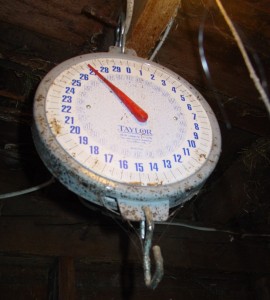Horse Feed: More Than Just Percentages

Horse owners frequently compare feeds based primarily on the information on the feed tag or supporting data from web sites. While this is a quick comparison to make, it may not always be the best comparison. Why, you ask? Well, what is most important to the horse is the total amount they actually consume. To get this number, the percentage in the feed must be multiplied by the amount fed, making sure to account for different unit of measurements, such as supplements that are fed in ounces instead of pounds.
One example where this is important is with the protein percentage. As ration balancer horse feed products are becoming more and more popular, some folks see that they typically have 30% protein or more, and worry that the level is way too high for a horse. But with a ration balancer, a 1000 lb horse only gets 1-2 pounds of the product a day, compared to 4-6 lbs of a more traditional 12% feed. So, if we do the math, here’s what we see:
- 30% protein X 2 lbs of feed = 0.6 lbs of protein a day from a ration balancer
- 12% protein X 5 lbs of feed = 0.6 lbs of protein in a day from a traditional feed
Another example where this calculation is useful is in the variety of fat supplements available on the market today.
- A powdered fat supplement has 99% fat, being fed at a rate of 2 oz a day, adds 0.124 lbs of fat to the daily diet.
- A stabilized rice bran supplement that has 22% fat, fed at a rate of 2 lbs per day, adds 0.44 lbs of fat to the daily diet.
And of course, on top of this, we must ALWAYS remember to factor in the hay – not just the grain. A horse will consume much more hay per day than grain, so the difference in a few percentage points is magnified when looking at the hay portion of the diet. It may take a little math, but looking beyond the percentage of a particular nutrient is something your horse would thank you for if he could speak!
